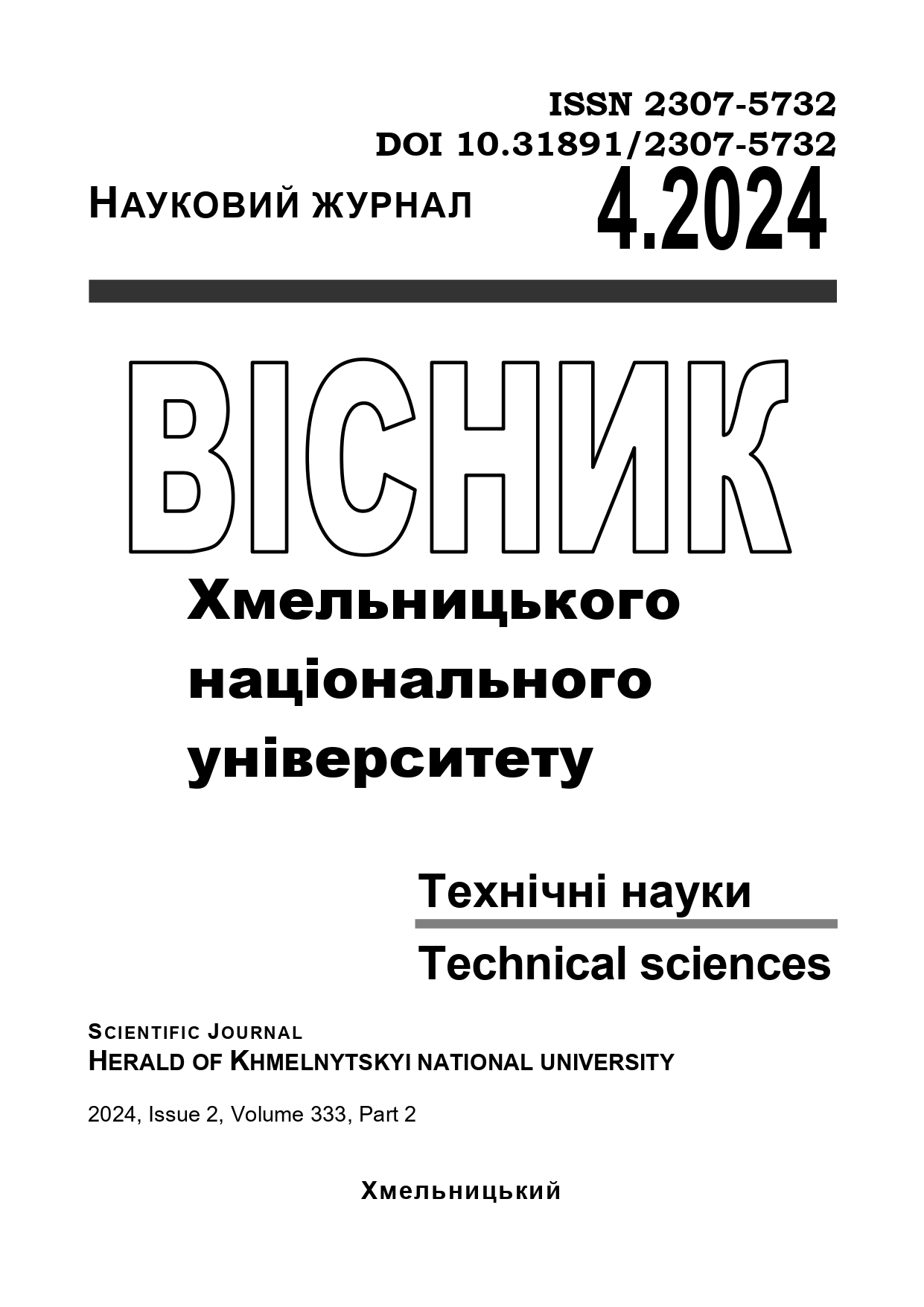MODEL OF THE PROCESS OF LOW-POWER IOT DEVICES FUNCTIONING
DOI:
https://doi.org/10.31891/2307-5732-2024-339-4-26Keywords:
Internet of Things, IoT, low-power devices, energy management, batteries, algorithms, performance, contextual adaptation, predictive management, user feedbackAbstract
The paper discusses various challenges in energy management of resource-constrained IoT devices. Key strategies in prolonging battery life while keeping up performance for low-power IoT devices are explored. Investigations are done on personalized power settings, user feedback mechanisms, contextual adaptation, predictive power management, and energy consumption monitoring. Integrating user preferences and behaviors into the devices could make them more efficient. The paper presents findings and examples to ensure efficient IoT device operation across industries. Low-power IoT devices are limited in terms of lifetime and performance by the capacity available within a battery. Unlike many other devices, numerous IoT devices are deployed at remote or inaccessible locations where replacing or recharging batteries is not feasible or too expensive. Efficient energy management is needed to realize a broad spectrum of IoT applications. As IoT ecosystems become sophisticated, the complexity of energy management grows. These device networks usually are heterogeneous, having different operational profiles, communication protocols, and energy requirements. The challenge to any developer or system integrator is, therefore, how to strike a balance in the consumption of energy to ensure maximum performance with battery life. For low-power IoT devices, new approaches in energy management are needed. Such approaches need to strike a balance between scalability, performance, and energy conservation, while delivering extremely long battery life and seamless operation. These are some of the problems whose fixing might yield the potential of low-power IoT technologies in enhancing connectivity, intelligence, and resilience across industries. The paper presents some valuable methodologies that approach some of the central issues concerned with energy management in low-power IoT devices. These research contributions, covering areas that span from communication protocols and energy-optimizing strategies to firmware/software improvement and predictive management, with a view toward real-world applications, increase the current potential field considerably, adding new insights and practical solutions.

